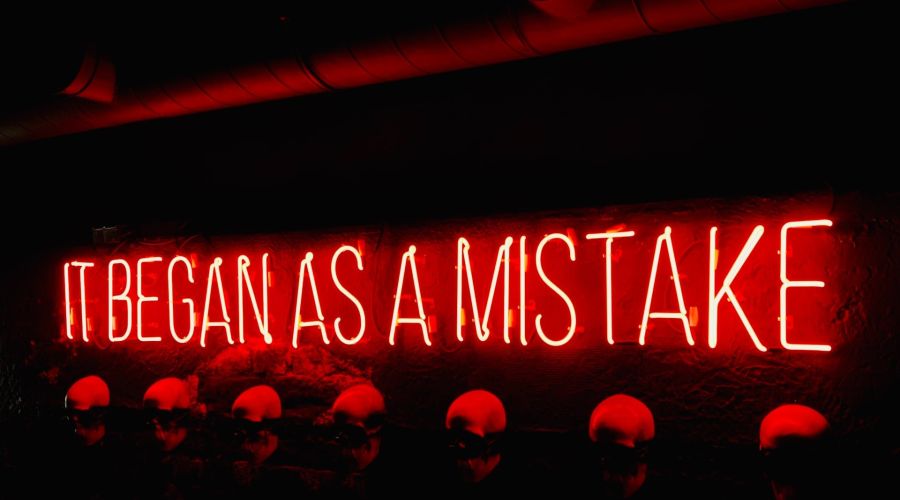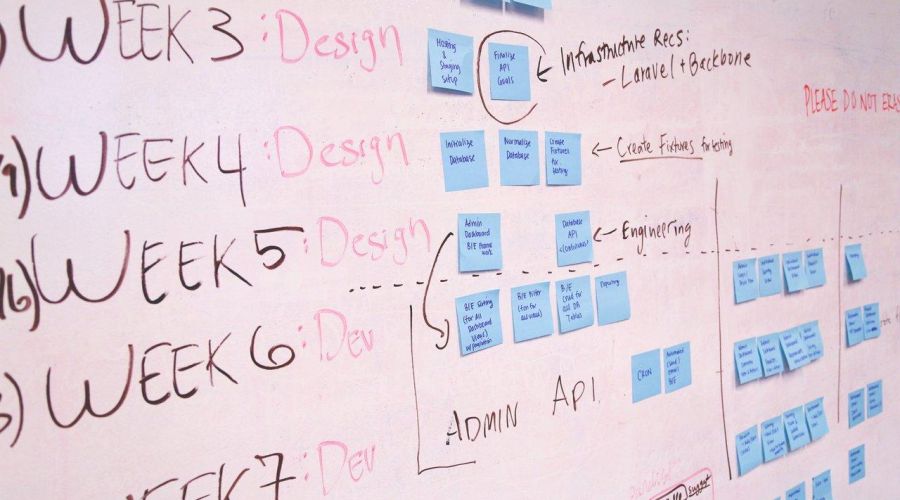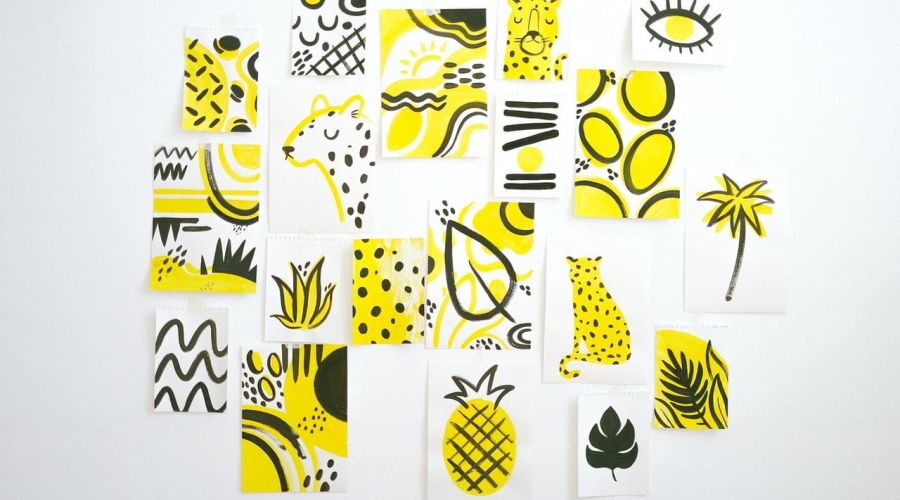Latest Posts
Complete Guide to Effective Website Migration SEO
24 May 2022 • 12 minute read Website design & UXDigital Marketing
See allGuide to Keyword Research: What It Is and How to Do It
8 December 2021 • 10 minute readTo rank well on Google, you need to know the right keywords to target first. This is called keyword research. In this guide, I will explain what keyword research is, and how important it is for you and your business.

Essential Guide to the AIDA Model (Attention, Interest, Desire and Action)
21 July 2021 • 8 minute read
The Essential Guide to Social Media Monitoring
13 May 2021 • 11 minute read
9 Awesome Methods to Find Blog Topics to Write About
21 January 2021 • 7 minute readWebsite design & UX
See allComplete Guide to Effective Website Migration SEO
24 May 2022 • 12 minute readAt some point, you will need to do a website migration. This could be for a number of reasons, yet with care, it shouldn't affect your SEO. This guide gives you the advice you'll need.

Launching a New Website? Here’s a Website Redesign Checklist
5 October 2020 • 8 minute read
8 Fantastic Product Blog Designs and What Makes Them So Good
2 September 2020 • 5 minute read
Why You Should Be Using Goals in Google Analytics
8 July 2020 • 5 minute readBusiness Tips
See all6 Proven Methods to Improve Management Skills
3 May 2021 • 5 minute readIt is super important for anyone in a leadership role to always be looking for ways to improve management skills for themselves, and those around them. We share six proven ways to do just that.

12 Powerful Benefits of Blogging for Businesses and Brands
26 November 2020 • 9 minute read
How to Get a Ballpark Figure for a Web Project
17 August 2020 • 2 minute read
12 Remote Work Tips to Keep You Productive, Happy and Healthy
10 June 2020 • 16 minute readBlog
Gain insights and expertise on all things web design, business and digital marketing from the Bam Creative team.



